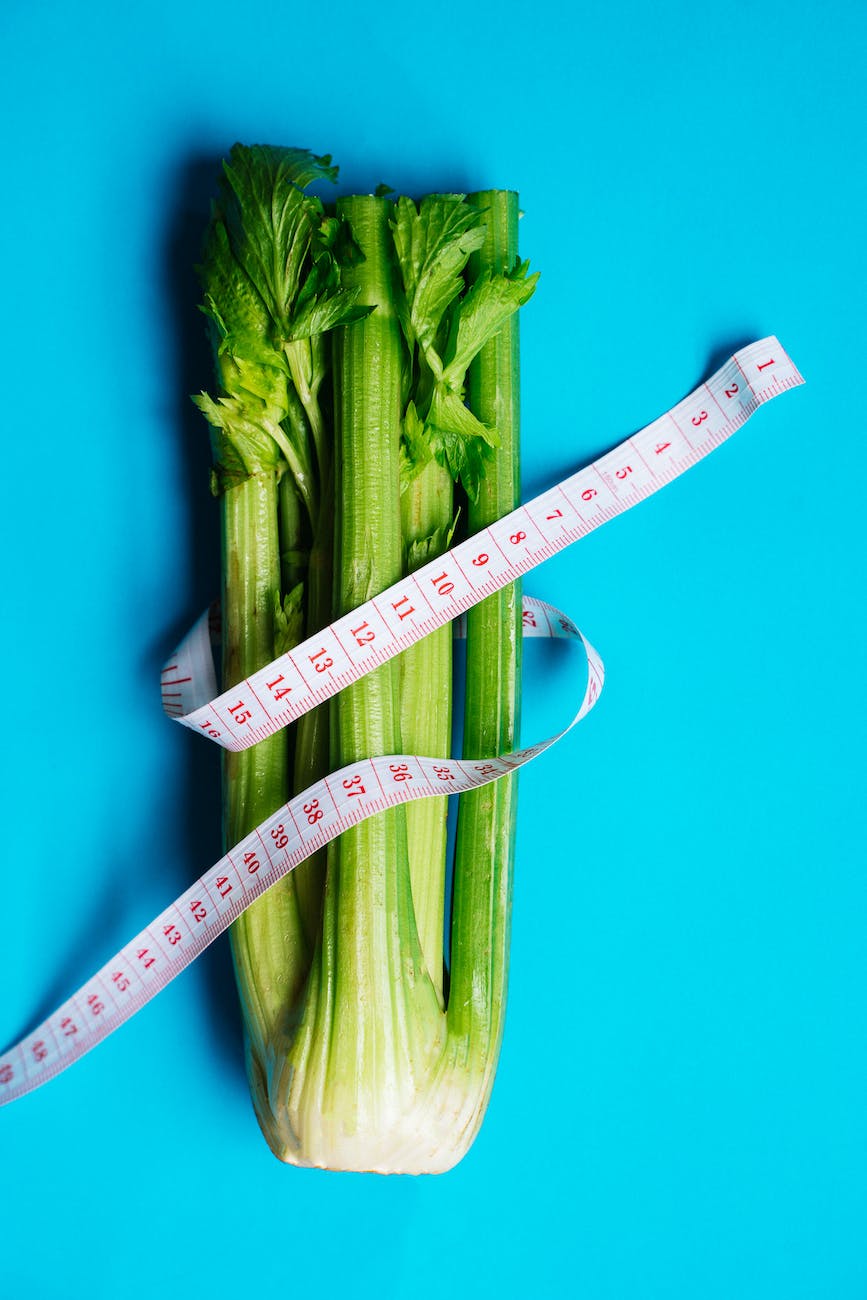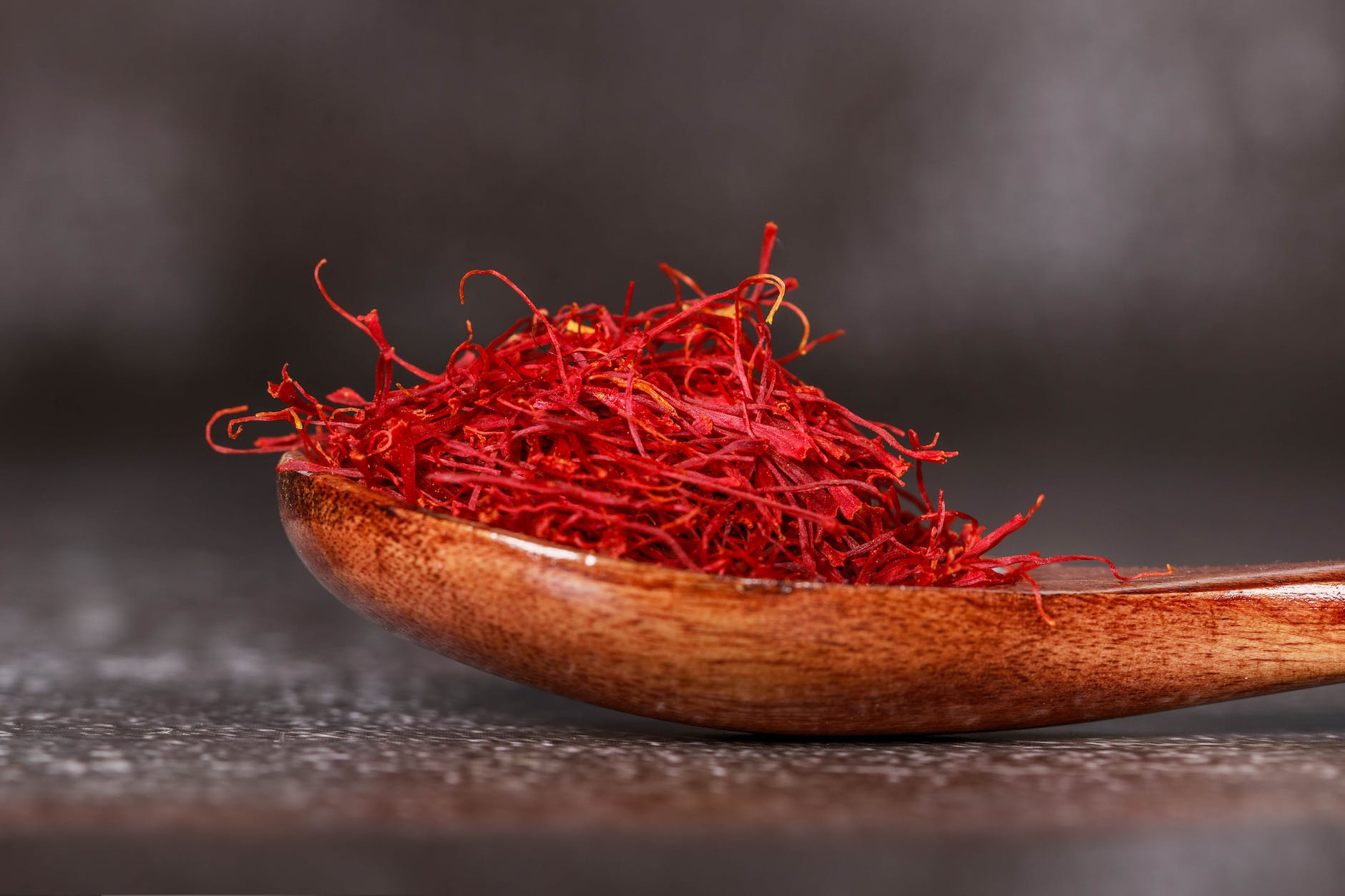
Introduction: The Sweet World of Aspartame
Dive into the intriguing realm of aspartame, one of the world’s most popular artificial sweeteners. From its accidental discovery to its widespread use in countless products, aspartame has both its ardent supporters and vocal critics.
- Brief History: Artificial sweeteners have been around for over a century, but aspartame made its mark in the late 20th century, revolutionizing the way we perceive “sugar-free.”
- The Aspartame Boom: With the rise of diet culture and the quest for calorie-free indulgence, aspartame quickly became a household name. It promised the sweetness of sugar without the associated calories.
- Why Aspartame?: Beyond its sweetening capabilities, aspartame’s stability, affordability, and versatility made it a favorite among food and beverage manufacturers.
The Origin Story: Discovery of Aspartame
Every great invention has a story, and aspartame’s is no exception. Its discovery was as serendipitous as it was revolutionary.
- A Happy Accident: In 1965, chemist James M. Schlatter was working on an anti-ulcer drug when he accidentally discovered the sweet taste of aspartame. Little did he know, his unintended discovery would change the food industry forever.
- From Lab to Table: The journey wasn’t without hurdles. Initial skepticism, rigorous testing, and debates on its safety profile dominated its early days. However, by the 1980s, aspartame had secured its place in many of our favorite products.
- Brands Emerge: With its growing popularity, brand names like NutraSweet, Equal, and Canderel became synonymous with aspartame, each promising a sweet experience without the sugar rush.
The Sweet Advantages: Benefits of Aspartame
In a world, increasingly conscious of health and wellness, aspartame presented a solution to a growing demand for sugar alternatives.
- Calorie-Free Indulgence: One of Aspartame’s most significant selling points is its zero-calorie nature. For those counting every calorie, this was a game-changer.
- Taste Profile: Unlike some other artificial sweeteners, aspartame’s taste closely mimics that of natural sugar, making it a preferred choice for many. Its ability to retain sweetness, even at high temperatures, made it ideal for cooking and baking.
- Dental Benefits: Sugar is a known culprit for dental issues. Aspartame, on the other hand, doesn’t contribute to cavities or tooth decay, making it a sweeter deal for our pearly whites.
Beyond the Sweetness: Common Foods & Products Containing Aspartame
Aspartame’s versatility has led to its inclusion in a myriad of products. From your morning coffee to your midnight snack, it’s likely you’ve consumed this sweetener more often than you realize.
- Beverages Galore:
- Diet Sodas: Brands like Diet Coke and Diet Pepsi prominently feature aspartame as their primary sweetener.
- Sugar-Free Juices: Many fruit-flavored drinks that boast a “no sugar added” label often contain aspartame to maintain sweetness.
- Instant Drink Mixes: Those convenient sachets for iced tea or lemonade? Many use aspartame for instant low-calorie refreshment.
- Sweet Snacks:
- Gum: Chewing gums, especially those labeled as sugar-free, utilize aspartame to give you long-lasting flavor without the sugar.
- Desserts: Sugar-free puddings, gelatins, and even some ice creams might have aspartame as a key ingredient.
- Candies: Hard candies, mints, and even some chocolates that are sugar-free often contain aspartame for sweetness.
- Baking and Cooking:
- Tabletop Sweeteners: Those little blue or pink packets you sprinkle on your coffee or cereal? Aspartame is often the star ingredient.
- Cooking Essentials: Certain sauces, marinades, and even some bread might contain aspartame to reduce overall sugar content.
- Beyond Food:
- Oral Care Products: Surprisingly, some toothpastes and mouthwashes use aspartame for a pleasant taste without the sugar.
- Medications: Chewable vitamins and certain syrups might have aspartame to make them more palatable, especially for children.
The Health Spectrum: Implications of Consuming Aspartame
With widespread use comes scrutiny. Aspartame’s health implications have been a topic of debate, with numerous studies delving into its safety and effects.
- The Positive Side:
- Weight Management: As a zero-calorie sweetener, aspartame can aid in reducing overall calorie intake, assisting in weight management.
- Diabetic-Friendly: Unlike sugar, aspartame doesn’t cause a spike in blood sugar levels, making it a preferred choice for many diabetics.
- Concerns and Controversies:
- Metabolic Effects: Some studies suggest that despite being calorie-free, aspartame might affect our metabolism and appetite regulation.
- Neurological Concerns: Rumors and some research have pointed towards potential neurological effects, including headaches or migraines.
- The Verdict:
- FDA Approval: The U.S. Food and Drug Administration (FDA) has deemed aspartame safe for consumption, setting an acceptable daily intake (ADI) level.
- World Health Organization’s Stance: WHO, along with other global health bodies, has also endorsed aspartame’s safety when consumed within recommended limits.
Sweeteners Showdown: Aspartame vs. Other Artificial Sweeteners
In the vast world of sugar alternatives, aspartame is just one player. Let’s see how it stacks up against its competitors in terms of sweetness, health implications, and versatility.
- The Sweetness Scale:
- Aspartame: Approximately 200 times sweeter than regular sugar.
- Sucralose (Splenda): 600 times sweeter than sugar and heat-stable, making it popular for baking.
- Stevia: Derived from a plant, it’s 50-300 times sweeter than sugar and often touted as a natural alternative.
- Saccharin (Sweet’N Low): One of the oldest artificial sweeteners, it’s 300-400 times sweeter than sugar but has a slightly bitter aftertaste for some.
- Health Profiles:
- Aspartame: Generally recognized as safe by major health organizations, but with an advised daily limit.
- Sucralose: Considered safe, though some studies suggest potential effects on gut bacteria.
- Stevia: Deemed safe and is often preferred for being a natural option, but some people report a licorice-like aftertaste.
- Saccharin: Once linked to cancer in rats, but subsequent research has cleared it for human consumption.
- Versatility in Use:
- Aspartame: Popular in cold beverages and products that don’t require high-heat processing.
- Sucralose: A favorite for baking due to its heat stability.
- Stevia: Used in a variety of products, from beverages to baked goods, and even in some skincare products.
- Saccharin: Commonly found in soft drinks and tabletop sweeteners.
Busting Myths: Separating Aspartame Facts from Fiction
The internet is rife with myths and misconceptions about aspartame. Let’s set the record straight on some of the most persistent rumors.
- Myth 1: “Aspartame Causes Cancer”:
- Fact: While early studies in rats suggested a potential link, extensive research in humans has found no consistent evidence linking aspartame to cancer.
- Myth 2: “Aspartame is a Chemical, Hence It’s Bad”:
- Fact: Everything, including water, is made of chemicals. Aspartame is synthesized from two amino acids, both naturally occurring in many foods.
- Myth 3: “Aspartame Leads to Weight Gain”:
- Fact: Aspartame itself contains no calories. However, how our body responds to sweet tastes, whether from sugar or artificial sweeteners, is complex and can vary from person to person.
The Environmental Angle: Aspartame’s Impact on the Planet
In today’s eco-conscious world, it’s essential to consider the environmental footprint of everything we consume, including artificial sweeteners.
- Production Process:
- Aspartame: Derived from two amino acids, the production of aspartame is relatively energy-efficient, but like all manufacturing, it has an environmental cost.
- Sucralose: Its production involves chlorination, which raises concerns about the release of harmful compounds.
- Stevia: Being plant-derived, stevia’s cultivation can impact land use and water resources, but it also absorbs CO2 during growth.
- Waste and Biodegradability:
- Aspartame: Being water-soluble, it doesn’t accumulate in the environment, reducing long-term ecological concerns.
- Sucralose: Studies have shown it can accumulate in water systems, potentially affecting aquatic life.
- Stevia: As a natural compound, it’s biodegradable, but its extraction and purification can have environmental implications.
- Transport and Packaging:
- Aspartame: Often transported in bulk and repackaged, leading to carbon emissions from transportation.
- Sucralose and Stevia: Similar transportation concerns, but packaging varies based on the form (liquid, powder, etc.) and brand.
The Future of Sweeteners: Innovations and Trends
With evolving research and technology, the landscape of artificial sweeteners is continually changing. Let’s explore what the future might hold.
- Natural Alternatives: As consumers lean towards organic and natural products, sweeteners derived from plants, like monk fruit, are gaining traction.
- Sustainability Focus: The next generation of sweeteners will likely prioritize eco-friendly production, packaging, and distribution methods.
- Health-Infused Options: Imagine a sweetener that not only adds sweetness but also delivers vitamins, minerals, or probiotics. The fusion of health and taste could be the next big trend.
Frequently Asked Questions: Everything You Wanted to Know About Aspartame
Navigating the world of artificial sweeteners can be daunting, with numerous questions arising about their safety and effects. Here, we address some of the most frequently asked questions about aspartame.
- Is aspartame safe for pregnant women?
- Answer: Most health organizations, including the FDA, have deemed aspartame safe for pregnant women when consumed in moderation. However, it’s always best to consult with a healthcare professional regarding dietary choices during pregnancy.
- How much aspartame is too much?
- Answer: The FDA has set an acceptable daily intake (ADI) for aspartame at 50 milligrams per kilogram of body weight. To put this in perspective, an average adult would need to consume about 20 cans of diet soda daily to exceed this limit.
- Can aspartame cause allergic reactions?
- Answer: While rare, some individuals might experience sensitivity to aspartame, manifesting as headaches or skin reactions. However, true allergic reactions to aspartame are extremely uncommon.
Conclusion: The Sweet and Bitter of Aspartame
As we wrap up our deep dive into aspartame, it’s evident that this artificial sweetener, like many things in life, comes with both pros and cons.
- Recap of the major points discussed: From its discovery to its widespread use, health implications, and environmental impact, we’ve covered the multifaceted world of aspartame.
- Personal choices and informed decisions: While research provides guidance, individual choices about aspartame should be based on personal health needs, preferences, and informed knowledge.
Engage with Us!
We believe in the power of community and shared experiences. As we conclude our exploration of aspartame, we invite you to be a part of the ongoing conversation.
- Share Your Aspartame Stories: Whether it’s a favorite sugar-free recipe or a personal experience with the sweetener, we’d love to hear from you.
- A Poll: “After reading this, will you continue using aspartame?” Cast your vote and see how others in the community feel.
- Stay Informed: Sign up for our health newsletter and stay updated on the latest research, trends, and insights in the world of nutrition and wellness.













